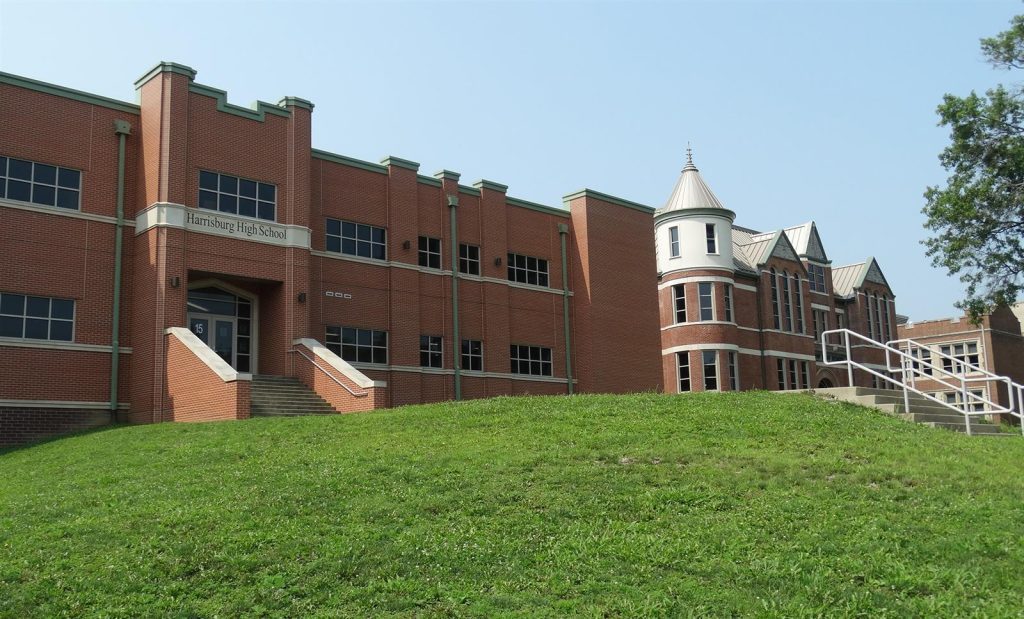
As Evidence Based Funding formula turns 5, lawmakers reflect on historic legislation
By PETER HANCOCK
Capitol News Illinois
phancock@capitolnewsillinois.com
SPRINGFIELD – Five years ago this month, Illinois lawmakers passed legislation that overhauled the way public schools in the state are funded.
The so-called Evidence Based Funding formula, or EBF, was designed to calculate the actual cost for each district to provide the kind of education the state expects, and then gradually increase the share of that cost that’s paid for by the state.
Over time, it was also supposed to narrow the disparity between the best-funded and worst-funded districts in the state, with the hope of lowering property taxes and improving academic achievement in the most underfunded districts.
Five years later, huge disparities still exist among districts, both in funding and academic performance, but lawmakers from both parties who were part of negotiating the new law say it has provided huge benefits, especially to those schools that were most underfunded.
“I use the example of East St. Louis, that I think at the time had the highest property tax rate but was nowhere near adequate spending,” said Andy Manar, a former state senator and now deputy governor who was a chief architect of the plan.
“And if you did the math at the time, the math would show that East St. Louis literally could not tax itself enough to generate the funds needed to say that the school district has an adequate level of spending to achieve the results that we as a state expect of that school district. They literally could not tax themselves into equity. It was mathematically impossible.”
In fiscal year 2018, the first year under the formula, the East St. Louis district was funded at 66 percent of adequacy. This year, it is funded at 96 percent of adequacy.
Republican state Sen. Chapin Rose, who represents a largely rural area in east central Illinois, said many of the districts in his area faced the same challenge.
“I do think that for many of the areas I represent, it was a lifeline,” he said. “It’s kept doors open and, in some instances, provided a much needed infusion, because they simply couldn’t keep going back to the property tax well. That was dried up.”
History of inequity
Illinois has traditionally relied on local property taxes to fund most educational spending. That has automatically led to built-in inequities because districts with relatively low levels of property wealth per-pupil must levy higher tax rates to raise the same amount of money as wealthier districts.
To offset those differences, prior to adoption of the EBF formula, the state used a complex formula to distribute state aid that was supposed to guarantee districts with modest tax bases a certain minimum level of “foundational” funding, although even the wealthiest districts received aid under that formula, even if they were more than able to raise adequate funding on their own.
Many districts complained that the formula never lived up to its promise of guaranteeing adequate funding to all districts, in part because the General Assembly did not fully fund the formula. Instead, it distributed “prorated” amounts, based on how much money was available in the state budget at the time.
Manar cited the example of Harrisburg High School, in southern Illinois, where the ceiling of the library had been removed because the district didn’t have enough money for basic repairs and maintenance.
“And, you know, we held a town hall on school funding in that library – the location underscored the need for the bill,” he said. “And Harrisburg High School wasn’t unlike so many other places across Illinois, not just rural parts of the state. It was a result of years of proration of general state aid, and years of the inability to tackle the very complicated nature of school funding.”
For decades, school districts across Illinois tried to turn to state courts to correct the inequities, arguing among other things that the 1970 Illinois Constitution provides that, “The State has the primary responsibility for financing the system of public education.”
But state courts have consistently declined to get into the school finance fray. As far back as 1973, the Illinois Supreme Court ruled that that provision was merely “a hortatory expression of a goal to be achieved” and not a mandate for the state to take over school funding.
In 1990, a group of 50 school districts calling themselves the Committee for Educational Rights sued the state claiming the system produced vast disparities in educational resources between rich and poor districts in violation of several provisions of the Illinois Constitution, including its equal protection clause and a clause requiring the state to provide “an efficient system of high-quality public educational institutions and services.”
But when that case reached the Illinois Supreme Court six years later, the justices ruled there were no judicial standards to determine whether the state was providing “high-quality” education and that the decision about how to fund schools – and how to balance the competing interests of equity and local control – was a legislative matter, not a judicial one.
The EBF formula
After more than a year of negotiations, Illinois lawmakers finally struck a deal that would, over a period of years, put more state money into public schools to bring the least-funded districts up to a level of adequacy – assuming, of course, that the General Assembly lives up to its obligations.
The final vote came during a special summer session in August 2017, during which lawmakers also ended the two-year budget stalemate with Republican Gov. Bruce Rauner.
The goal of the new formula is to gradually bring all districts up to an “adequate” level of funding, or having enough resources to cover the cost of providing the educational services the state expects. That takes into account a district’s total enrollment, poverty rate, the number of English language learners and a host of other factors.
Each year, under the law, the state is to add at least $350 million in new funding for schools, with the bulk of that money going to those furthest from adequacy. But the law provided that no district would see a reduction in funding from the final year before its passage, a so-called “hold-harmless” provision that meant even the wealthiest districts would continue to receive state aid.
People on both sides of the aisle said that was necessary because without a hold-harmless provision, the bill never would have passed.
“It’s a living breathing formula, and it changes year to year, and so the mechanics of the formula eventually fade that out,” Manar said. “But I think it brought a level of certainty. It brought a level of guarantee and, frankly, a level of comfort to a very complicated question of how we reform a very complicated and important system. …So a lot of people didn’t like it. I personally did not. But it was necessary to get it done.”
Republican Sen. Jason Barickman, of Bloomington, who was also a key negotiator in the process, agreed that it was politically necessary.
“It was a politically practical, pragmatic decision,” he said. “I was very focused on getting something done. And it was very apparent to me that we weren’t going to get something done without a hold-harmless. So while I think a hold-harmless has policy challenges, we weren’t going to let perfection get in the way of getting something done.”
So far in the first five years, the state has met or exceeded that funding target in all but one year, raising the state’s share of school funding from $6.9 billion in fiscal year 2017, the last year under the old formula, to $9.8 billion allocated this year.
It also drove the state’s percentage of K-12 education upward, according to ISBE data. In FY 2017, the state provided 24.4 percent of K-12 funding. In FY 2020, the latest year for which audited numbers are available, that number rose to 27 percent.
Signs of progress
According to data from the Illinois State Board of Education, it would still take another $3.6 billion in state funding this year alone to bring all districts up to 90 percent of “adequate” funding, a goal set in statute. But the state has made some progress toward addressing the needs of the least-funded districts.
In the first year of evidence-based funding, there were 168 districts that were funded at less than 60 percent of adequacy. Those were the ones that were first in line for new funding when the EBF formula took effect.
For the upcoming year, there are only two districts below that level – Washington Community High School District 308 in Tazewell County and Chaney-Monge School District 88, an elementary district in Will County. Both are funded this year at 59 percent of adequacy.
The gap between the least-funded and best-funded districts has also narrowed, if only slightly. During the first year, funding levels ranged from a low of 47 percent to a high of 288 percent of adequacy. This year, the gap ranges from 59 percent to 270 percent.
Gov. JB Pritzker said during a recent news conference he believes the state must continue to increase its investment in education to increase outcomes and decrease reliance on property taxes.
“A lot of good has been done, there’s no doubt about it,” he said. “And as you know, Evidence Based Funding was both necessary to get money to the schools that needed it most and to make sure that we’re improving the education funding overall, across the state of Illinois. I personally think that we need to fund our education system even more.”
So far, though, there is little evidence that the new money has helped improve academic performance for students because the COVID-19 pandemic severely interfered with annual testing in 2020 and 2021.
Prior to the pandemic, though, the connection between school funding and student achievement was evident.
For example, in 2019, the last year before the pandemic, Central City School District 133, an elementary district in Marion County, was the least-funded district in the state at 52 percent of adequacy. That year, only 26.8 percent of its students met or exceeded state standards in English language arts, and only 8.5 percent did so in math.
By contrast, Rondout School District 72, an elementary district in Lake County, was the best-funded district, at 280 percent of adequacy. There, 65.1 percent met or exceeded state standards in English language arts while 49.4 percent did so in math.
Like many states, Illinois did not administer state assessments in 2020 due to the pandemic, and results from the 2021 tests are believed to have been affected by the pandemic. Results of the 2022 tests will be released later this year.
Barickman recalled there was a debate over whether to tie increased funding to improved student outcomes, to hold districts accountable for the new money they would receive. In the end, he said, lawmakers chose to go another route by pairing the new funding system with a form of taxpayer-supported scholarships for private schools, what is now known as the Invest in Kids Act.
“No one was fully, you know, exactly happy, which generally means we probably did a decent job, I suppose,” he said. “But we chose not to penalize failing school districts, but to equip children and families with resources that might give them a choice on their educational experience. And I think we’ve seen a lot of success with that program.”
Manar, meanwhile, argued that the achievement gaps are the result of many factors, including decades of inequitable funding, which the state has only recently started to address.
“What would those test scores have been had the least equitable system of school funding in the country been allowed to continue?” he asked.
He said as more money was put into the old formula, it made the inequity gap wider.
“So you know, those stats and that data aren’t gathered in a sterile, perfect environment. There’s a lot of things happening in 850 some-odd school districts in the state that have an impact on that too.”
Capitol News Illinois is a nonprofit, nonpartisan news service covering state government that is distributed to more than 400 newspapers statewide. It is funded primarily by the Illinois Press Foundation and the Robert R. McCormick Foundation.
Local News

Southwest Symphony presents ‘American Song Book’
Spread the loveFrom staff reports Southwest Symphony Orchestra will perform “The American Song Book” this weekend at Trinity College in Palos Heights. The performance will feature Grammy nominated Helen Welch under the direction of David Crane at 7:30 p.m. Saturday in Trinity Christian College’s Ozinga Auditorium. Welch will perform some of America’s best loved classics.…

Shoppers welcome back Evergreen Park Farmers Market
Spread the loveBy Joe Boyle Rain was forecast for the morning of May 2, but nothing could dampen the spirits of customers who dropped by the Evergreen Park Farmers Market. The large crowd that attended were instead greeted with mostly sunny skies. Beth Novotney, director of the Evergreen Park Office of Citizen Services that oversees…

Evergreen Park recognizes police for valor
Spread the loveBy Joe Boyle The Evergreen Park police have been cited for valor after several key arrests that occurred the past couple of months. Police Chief Michael Saunders requested commendations for the officers during the Evergreen Park Village Board meeting Monday night. Mayor Kelly Burke and the board applauded the efforts of the force.…
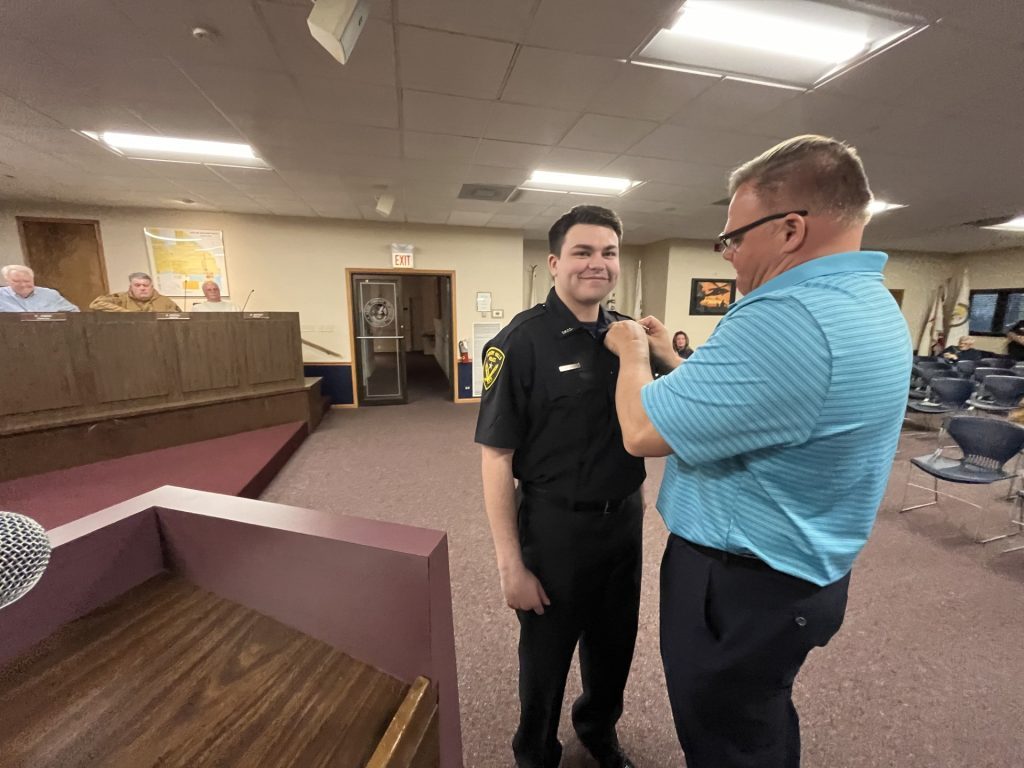
Hickory Hills police bid adieu and say welcome
Spread the loveBy Nuha Abdessalam The Hickory Hills Police Department bid a fond farewell to Lieutenant Glenn Tienstra and welcomed new Officer Daniel Balzhiser. On a memorable Thursday evening, April 25, city hall was filled with the warmth of community family, friends, officers, and council members, all gathered to joyfully celebrate Officer Balzhiser and respectfully…

Mother Mac unveils new lights and scoreboard
Spread the loveBy Kelly White Across the nation, women’s sports are on the rise in terms of viewership, enthusiasm, sponsorship and excitement. Mother McAuley is no stranger to the impact that women’s athletics has on the development of an individual, strengthening of a team and key skills and attributes developed along the way. South Side…

Cicadas in the park in Palos Park
Spread the loveBy Kelly White Cicadas are coming and the Village of Palos Park is ready. The village hosted its 31st annual Arbor Day Celebration on Sunday, May 5, themed, “The Wonder of Trees” at The Center in the Lodge, 12700 Southwest Highway, with featured speaker, Tricia Bethke of The Morton Arboretum who presented, “Cicadas…

Palos Heights SD 128 sees enrollment boom
Spread the loveBy Kelly White Over the past few years, Palos Heights School District 128 has experienced an explosive growth among incoming students. There has been a significant increase particularly at Indian Hill Early Learning Center, 12800 S. Austin Ave. Chippewa Elementary School, 12425 S. Austin Ave; Navajo Elementary School, 12401 S. Oak Park Ave;…
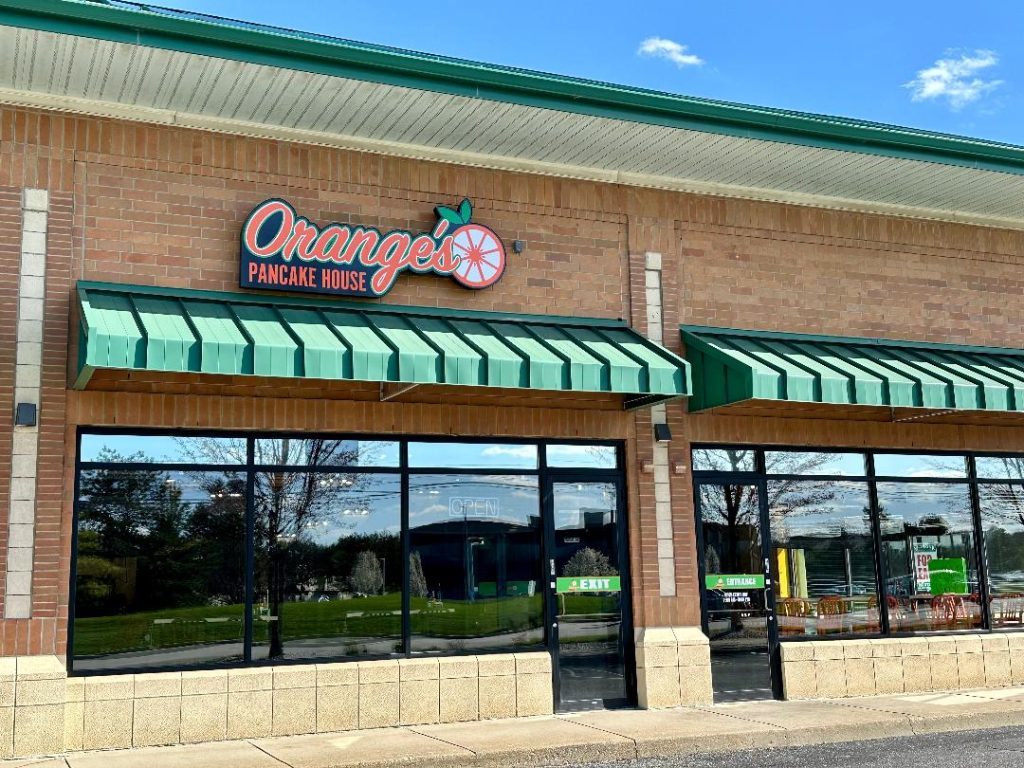
Comings & Goings: Orange’s Pancake House now open in Palos Heights
Spread the loveBy Kelly White Palos Heights is the home of a popular new breakfast café. Orange’s Pancake House, 11845 Southwest Highway, held a ribbon-cutting event on April 18. Owners, Elvia Briones, of Virgina, and Fernando Cruz, of Evergreen Park, said they were very excited to be in the heart of the Palos Heights community.…
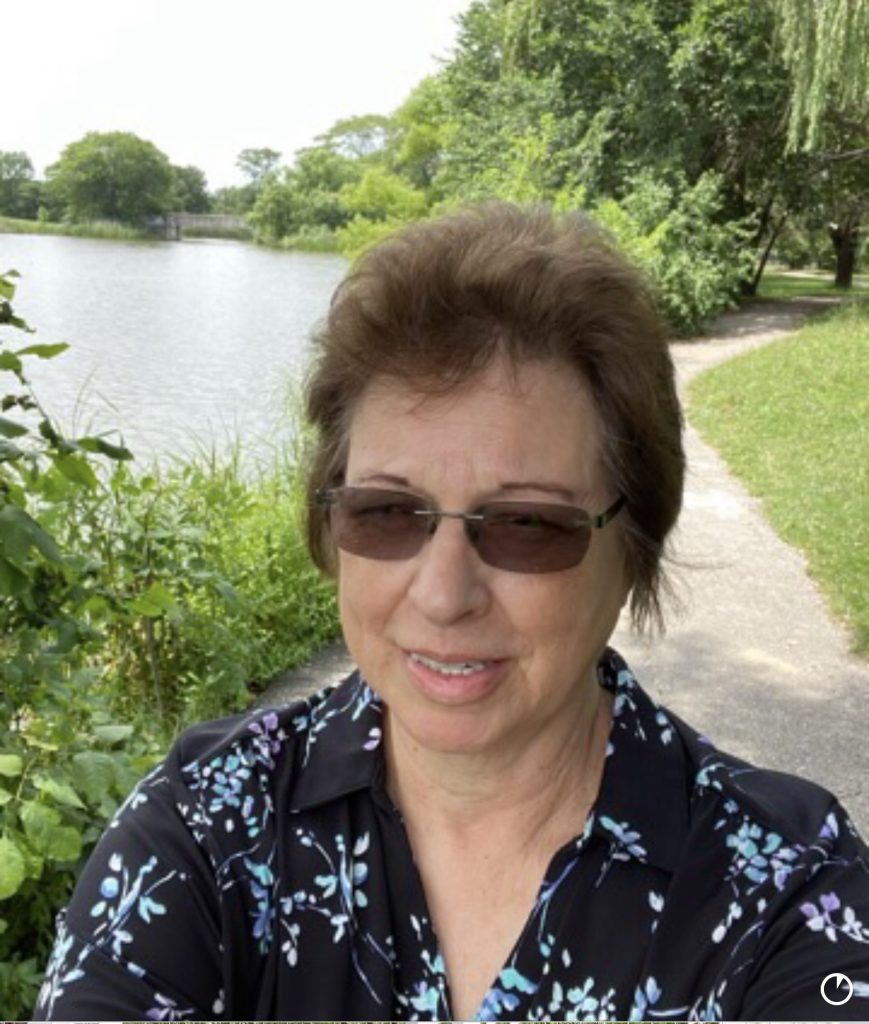
Sisters make Chicago Lawn a world destination
Spread the love. Kathy Headley Your correspondent in Chicago Lawn and Marquette Manor 6610 S. Francisco • (773) 776-7778 . Earlier this month was the Fifth Lithuanian Documentary Film Festival, with distinguished guests from Lithuania and other parts of the United States visiting the neighborhood. They held a photo session in the editorial office of…
Neighbors
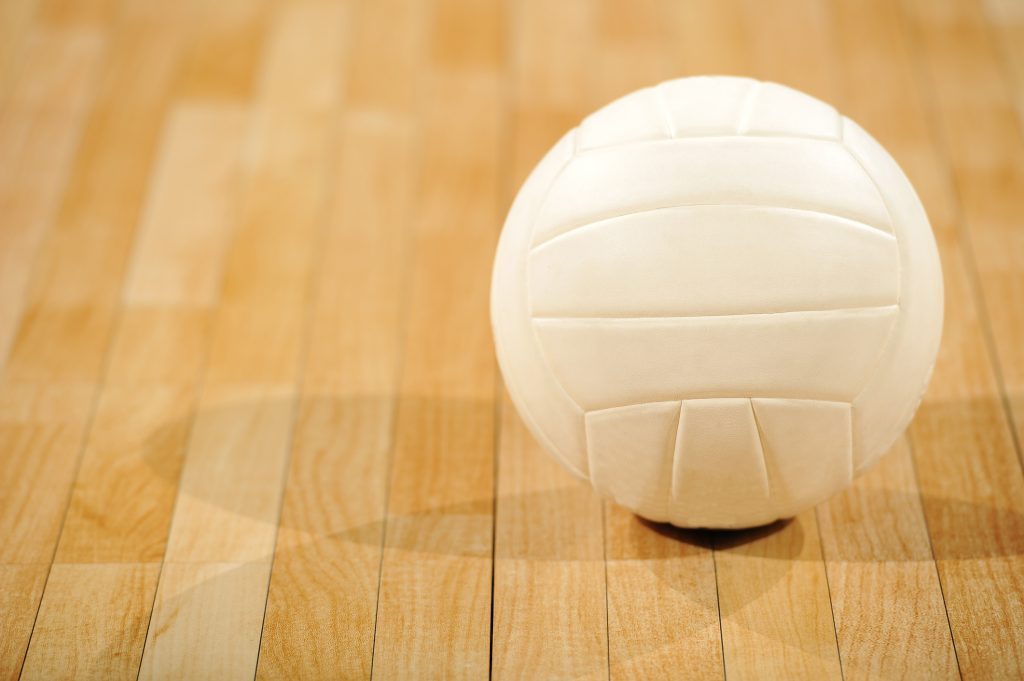
Boys Volleyball | Sandburg seeks 26th regional title
Spread the loveBy Randy Whalen Correspondent Coming off the worst season in program history in 2023, Sandburg was not going to settle for anything less than better results this year. Past the midway point of this season, however, the Eagles had a record of 11-8. But they closed the regular season strong, winning 11 of…
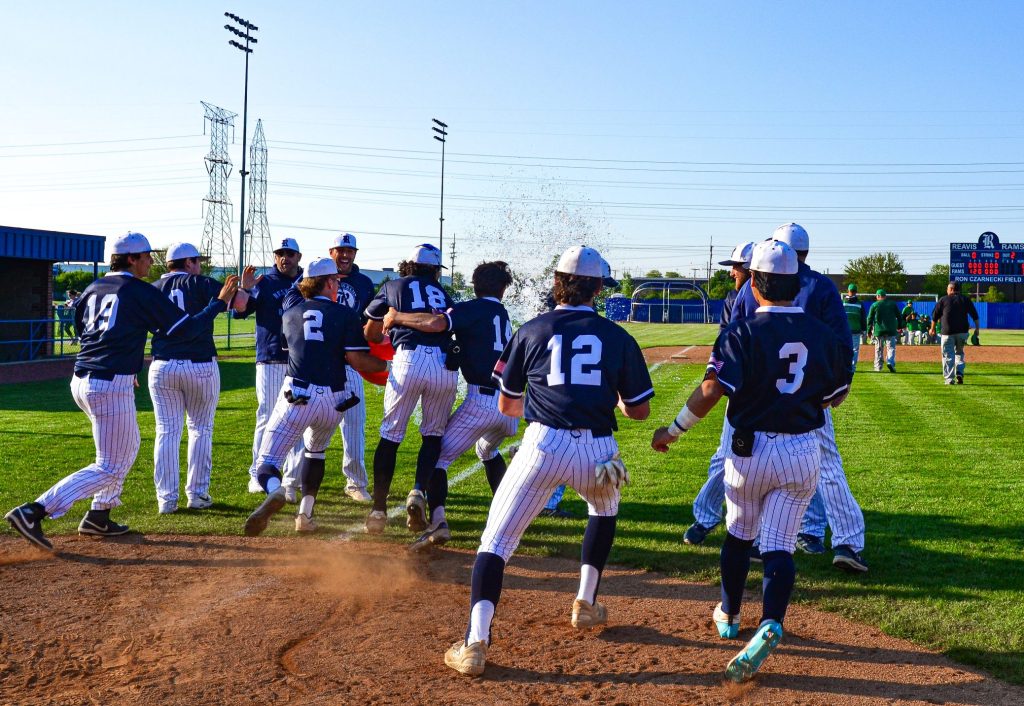
Baseball | Red-hot Reavis looks to make noise in postseason
Spread the loveBy Xavier Sanchez Correspondent Reavis is determined to send their head coach Don Erickson into retirement on a high note and will head into the postseason red hot and as South Suburban Red champions. The Rams defeated Oak Lawn 3-0 for the second straight day on May 15 to clinch the conference title.…
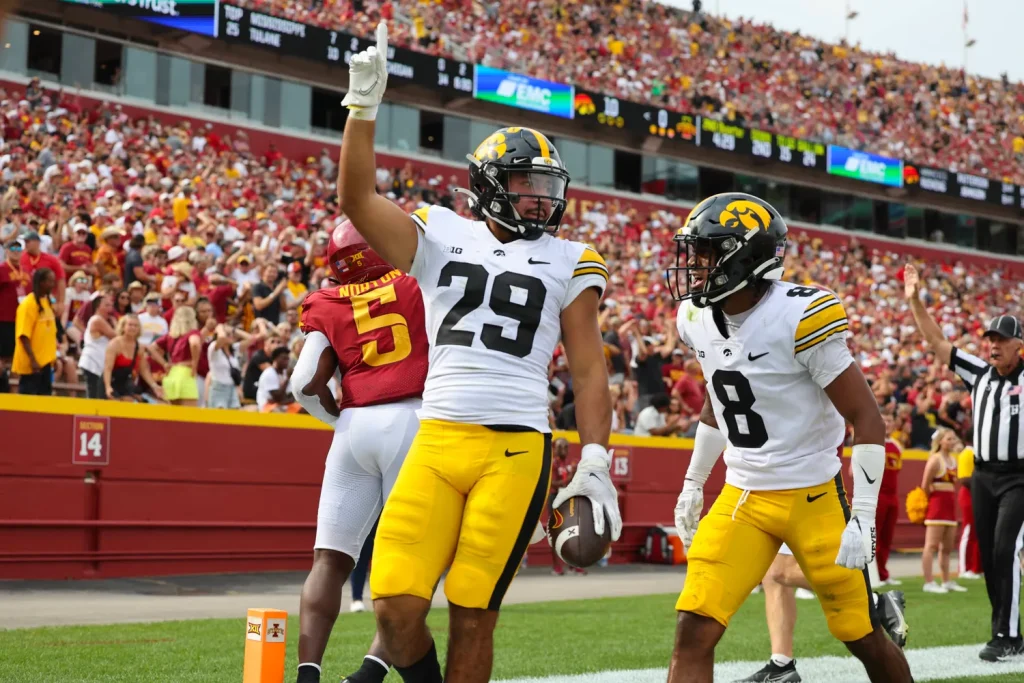
Sports Bits | Rice boats at Carlyle Lake, Hawkeye DB and Do It Stevie’s Way
Spread the loveBy Jeff Vorva Correspondent Noteworthy sports briefs from May 12-19 • Brother Rice’s No. 1 boat of Joe Hall and Joe Judeh took 31st in the state bass fishing tournament, which wrapped up on May 18 at Carlyle Lake. The Crusaders had a two-day haul of 7 pounds, 12 ounces. The Crusaders’ No.…

Nothing NU at SeatGeek
Spread the loveBy Jeff Vorva Correspondent There was speculation that because of the renovations being done at Ryan Field, Northwestern would schedule a few football games at SeatGeek Stadium in Bridgeview this fall. The Wildcats announced their schedule and no home games are listed at SeatGeek, but the situation is still fluid. They are opting…
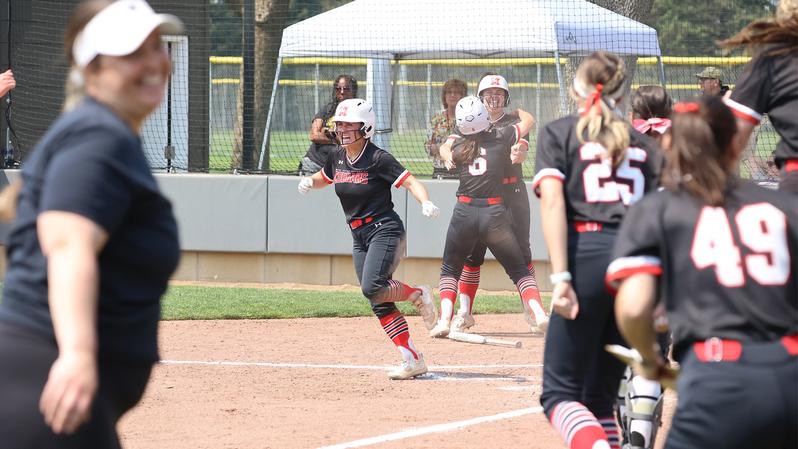
College Softball | Close losses at nationals end Saint Xavier’s season
Spread the loveBy Jeff Vorva Correspondent The Saint Xavier softball team played three nailbiters in the opening round of the NAIA Tournament. But the end result was a 1-2 record to eliminate the Cougars from advancing. SXU (28-14) opened the tournament by nipping Bellevue (Nebraska), 5-4, in Sioux City, Iowa on May 13. Alexus Reese…

Red Stars’ Naeher misses loss to Gotham
Spread the loveBy Jeff Vorva Correspondent The world’s best kept secret is still a mystery. The Chicago Red Stars are not releasing information to the public about the severity of a thigh injury or the status of world-class goalie Alyssa Naeher. What is known is that she did not play in a 2-1 loss to…
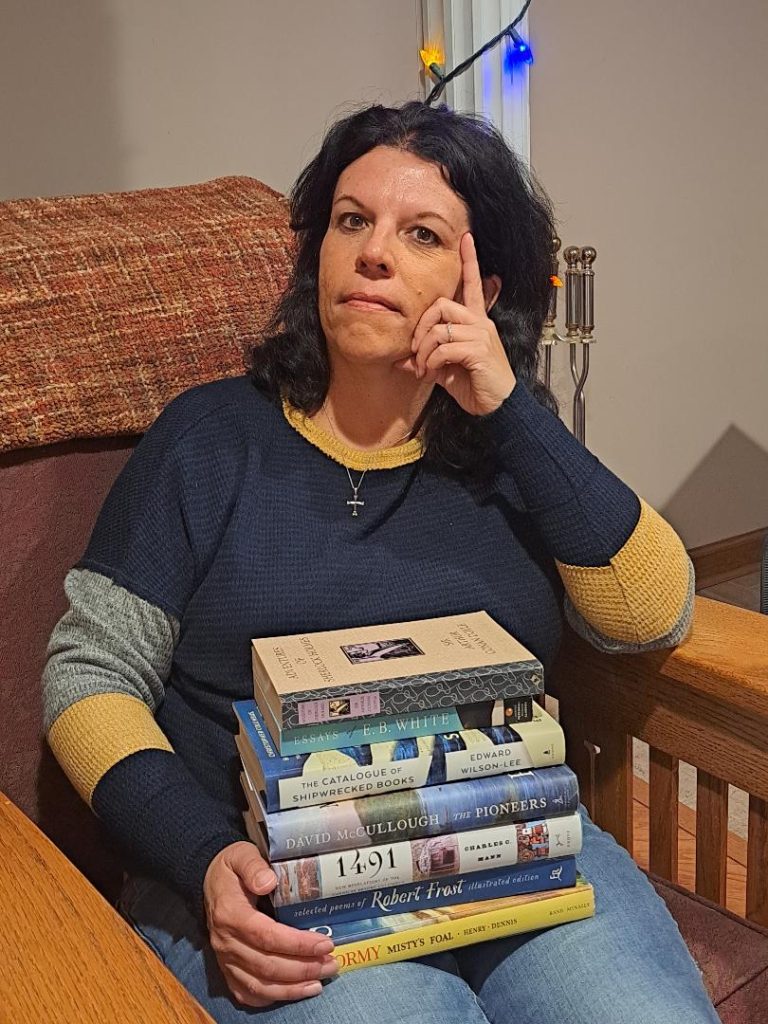
Summer calendar filling up quickly
Spread the love. By Patti Tyznik Your correspondent in Clearing and Garfield Ridge (708) 496-0265 • ptyznik@gmail.com . Summer is rapidly approaching, and the neighborhood is geared up for lots of great summer fun and activities. The Midway Chamber of Commerce’s farmer’s market will be opening on Wednesdays at the end of May through September…

Shepard’s Kyla Motley cruises to two medals at girls state track finals
Spread the loveBy Jeff Vorva Correspondent Shepard junior Kyla Motley medaled in two events in the Class 3A girls state track and field meet, the finals for which were held May 18 at Eastern Illinois University in Charleston. Motley finished fourth in the long jump with a leap of 18 feet, 4 inches. She finished…

Boys Tennis | Lyons’ Jack McLane and Mason Mazzone win sectional doubles title
Spread the loveBy Jeff Vorva Correspondent The area produced a handful of boys tennis state qualifiers, but only one entry is headed to state as a sectional champion. At the Class 2A Lyons Sectional, the Lions’ Jack McLane and Mason Mazzone were doubles champs. The state meet opens May 23 at various sites in the…
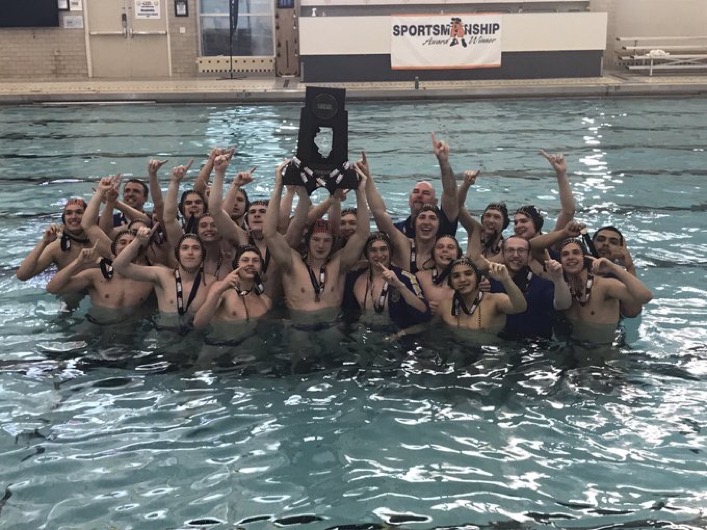
Water Polo | Lyons boys win third state title; girls finish 3rd
Spread the loveBy Jeff Vorva Correspondent The best matchup of the IHSA boys water polo state tournament was arguably in the quarterfinals. That battle between Lyons and New Trier could have been considered the real state championship match. But no matter what, the Lions are state champions. Heading into the postseason, Lyons had just three…






